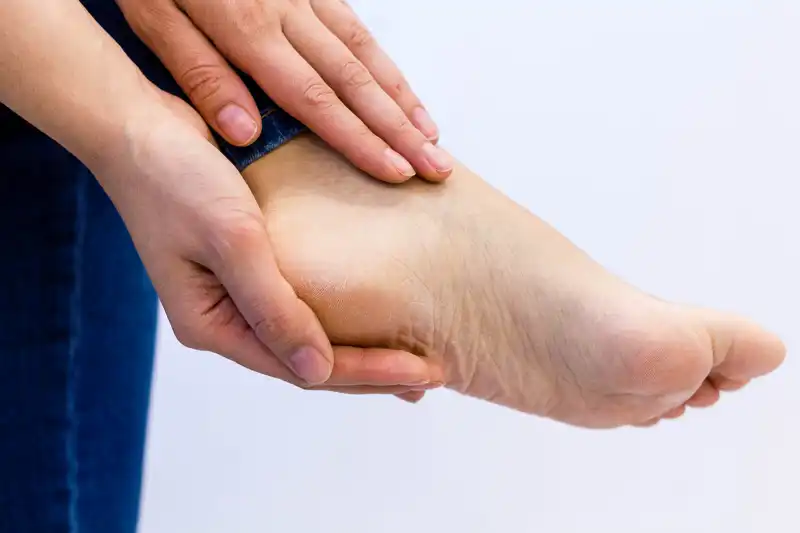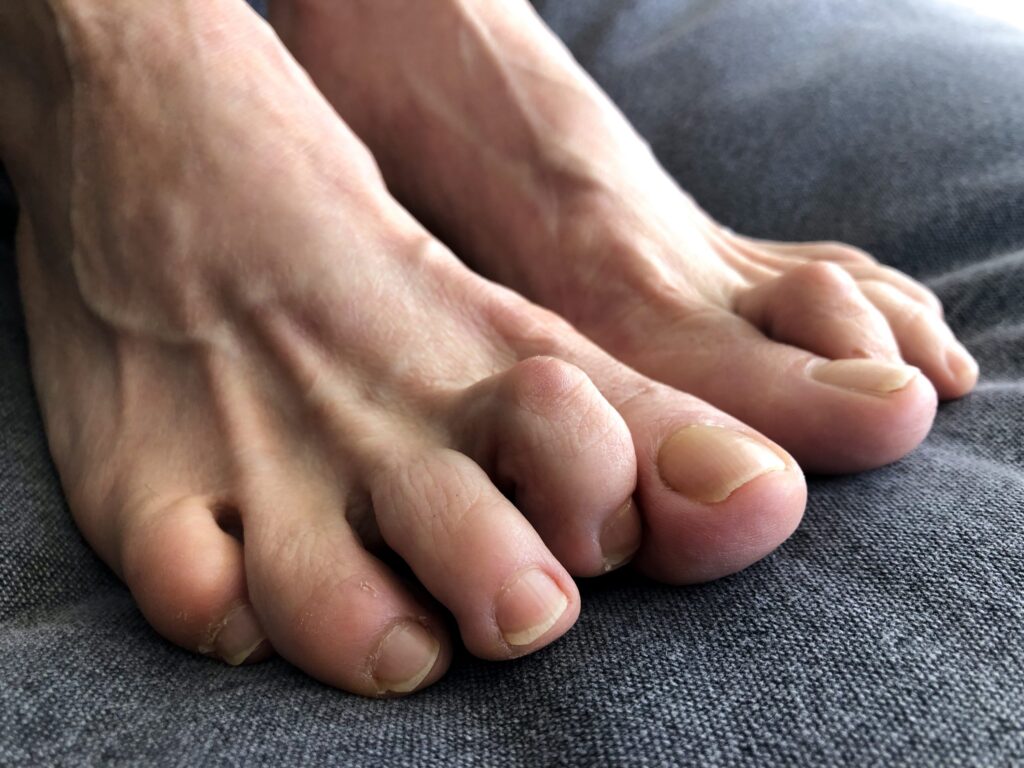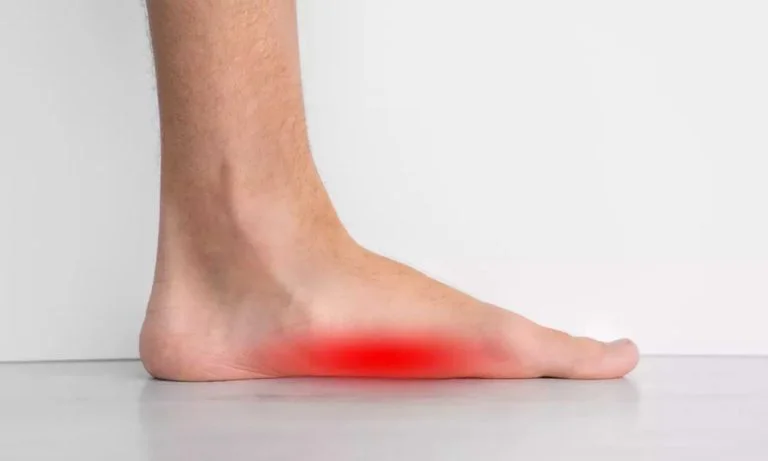Reconstructive Surgery
What is Reconstructive Surgery?
Reconstructive surgery for the foot and ankle involves surgical procedures designed to restore function, improve mobility, and alleviate pain caused by deformities, injuries, or degenerative conditions. This type of surgery aims to correct structural issues, repair damaged tissues, and enhance the overall biomechanics of the foot and ankle.

What are the signs and symptoms indicating a need for reconstructive surgery?
- Severe foot or ankle pain that does not improve with conservative treatments
- Significant deformities, such as bunions or hammertoes
- Chronic instability or frequent ankle sprains
- Limited range of motion or difficulty walking
- Persistent swelling or inflammation
- Non-healing fractures or severe traumatic injuries










